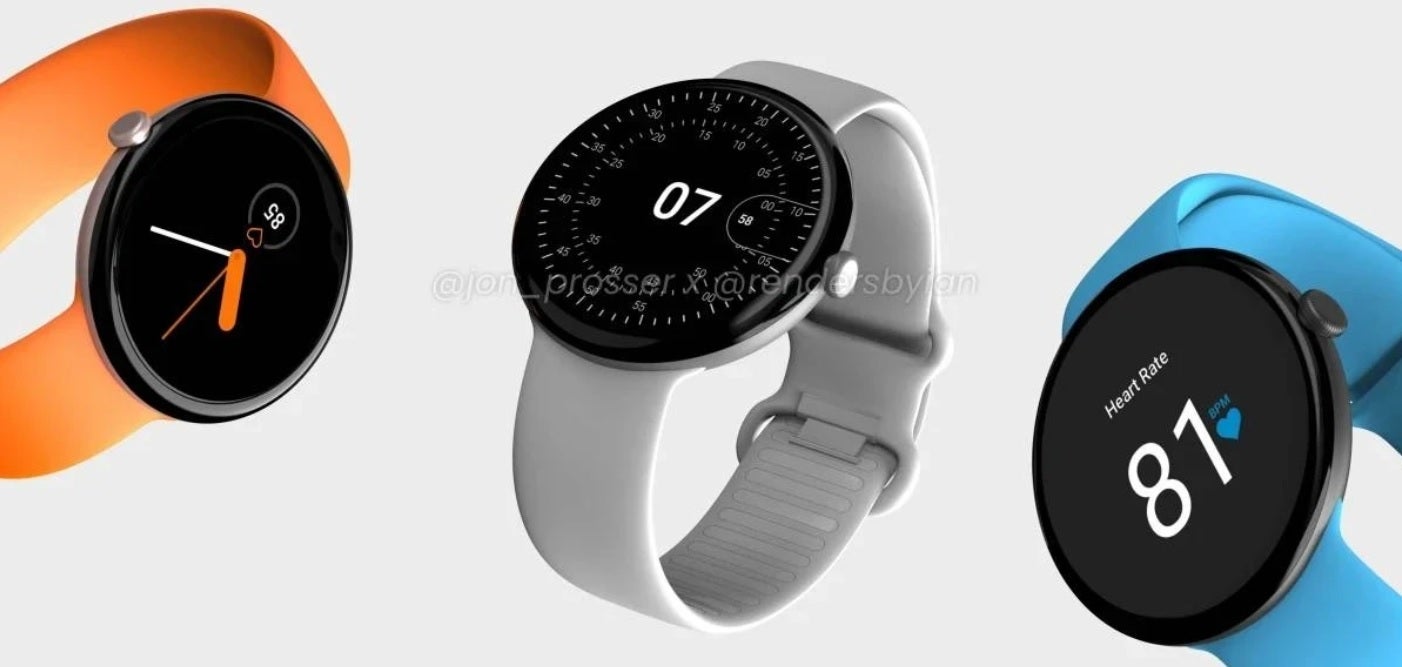Qualcomm's new smartwatch chips will reportedly be built using 4nm process node
We may earn a commission if you make a purchase from the links on this page.

Qualcomm is looking to take its Snapdragon Wear chipset to a higher level while replacing the current Wear 4100 platform. Built on the 4nm process node, the Snapdragon Wear 5100 and 5100+ are both expected to improve the performance of Google's wearable operating system thanks to the manufacturing process being used.
While Samsung Foundry will reportedly build the chips (it should be noted that Samsung manufacturers the Snapdragon 8 Gen 1 SoC used on most flagship Android devices), this doesn't mean that they will be used on any Samsung timepiece. Being built on the 4nm process node, the Snapdragon Wear 5100 and 5100+ should be more energy-efficient than the current 4100 chip which is built on the 12nm process node (and compared to the 28nm process node used on the Snapdragon Wear 3100).
Two new Qualcomm Snapdragon Wear chips are rumored to be on the way
According to WinFuture, the difference between the 5100 and the 5100+ is in the packaging with the former separating the SoC and the PMIC (power management integrated circuits). The latter is known as a Molded Embedded Package (MEP) where everything is packaged together. The more powerful of the two chips features an "ultra low power deep sleep mode" that will allow for Bluetooth or Wi-Fi connectivity even when employed.

Renders of the Google Pixel Watch
The "Plus" chip also will include technology from ARM that supports heart rate and fall detection and will deliver improved haptics. Both variants include four Cortex-A53 cores running at a clock speed of 1.7GHz. In addition, both chips will feature the Adreno 702 GPU running at 700MHz.
The Snapdragon Wear 5100 and 5100+ will both support up to 4GB of LPDDR4X RAM and eMMC 5.1 storage. This happens to be the same core as the Wear 4100+ although it would seem that Qualcomm is counting on the reduced process node to cover some of the improvements found in the newer chips.
The ISP will support dual cameras in the 13MP and 16MP range and the thought is that watches will be used for video conference calls in the future. The 5100 line of Snapdragon chips can be used not just to power a Wear OS device, but also can drive an Android device as well.
The 5100+ will include the QCC5100 co-processor which adds a 22nm Cortex-M55 ultra-low-power processor to help reduce the consumption of battery power. Speaking of which, it seems that the move to use a 4nm process node to build the two variants is a recent change from the 5nm that Samsung was going to use to produce the silicon.
The new chips might not be used on the rumored Pixel Watch
There is no word when the chips will be available for use on consumer devices. It doesn't appear that the components will be available to be used on the rumored Google Pixel Watch. The rumor mill has worked overtime to produce renders of what is supposedly the Pixel Watch with a circular watch face. The speculation calls for the timepiece to be unveiled in May, possibly during the Google I/O Developer Conference.
Time to pick up the Galaxy Watch 4 or the Galaxy Watch 4 Classic
The device will reportedly be equipped with the capability to allow Google Assistant to process speech on-device. Not only can this speed up the time it takes for the digital helper to respond to queries, it also could allow users to speak to the Assistant even when offline.
Tipster Max Weinbach disseminated a tweet a few months back that said the Pixel Watch will be powered by a Samsung Exynos chipset similar to the 5nm Exynos W920. The latter is the silicon used with the Galaxy Watch 4 line, but it will carry the Tensor name. That is the name used by Google for the AI-focused SoC that debuted on the Pixel 6 series.
Google might want to keep the Tensor branding on the chips that power its devices in order to give the public a certain expectation about the AI features that will be available on its products and to present a certain aura of premium quality.
Follow us on Google News










![A new Android bug is making it impossible to install new apps. Are you affected? [UPDATE]](https://m-cdn.phonearena.com/images/article/176703-wide-two_350/A-new-Android-bug-is-making-it-impossible-to-install-new-apps.-Are-you-affected-UPDATE.webp)

Things that are NOT allowed:
To help keep our community safe and free from spam, we apply temporary limits to newly created accounts: